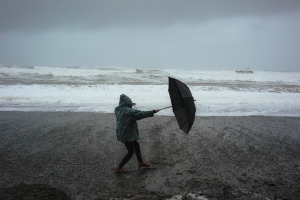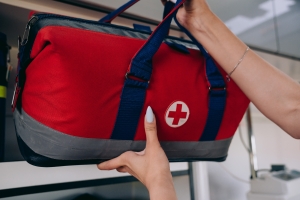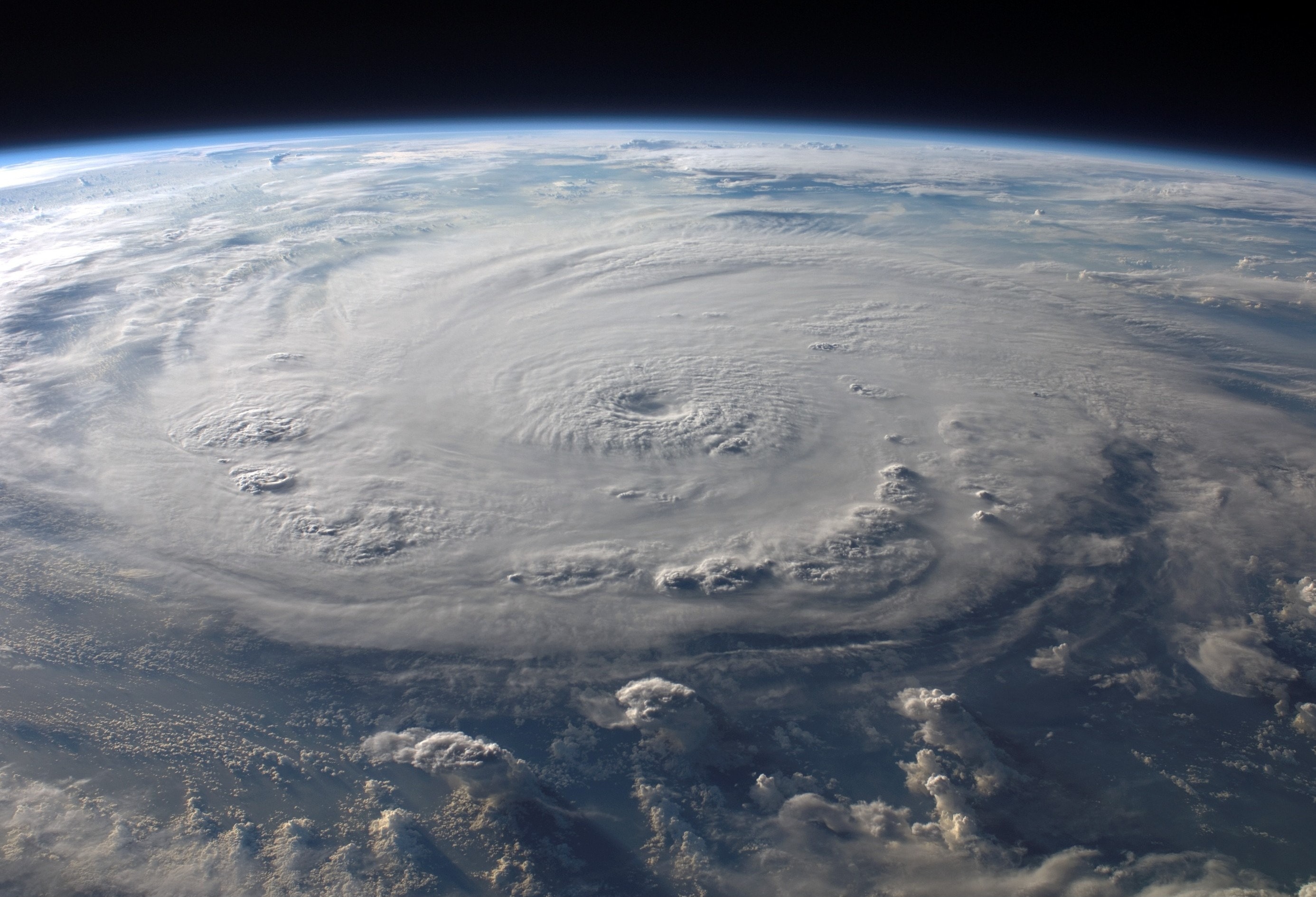 Hurricane season in Nova Scotia runs from June to November, with the peak storm activity in late August and September. It is essential for residents to prepare for these extreme weather events in advance. Here’s a comprehensive hurricane preparation checklist to help you get ready:
Hurricane season in Nova Scotia runs from June to November, with the peak storm activity in late August and September. It is essential for residents to prepare for these extreme weather events in advance. Here’s a comprehensive hurricane preparation checklist to help you get ready:
Storm Prep List:
- Charge your devices
- Fill car(s) with gas
- Have cash on hand to last a week
- Create an emergency evacuation plan with family members
- Be prepared to evacuate at a moment’s notice by having a bag packed with essentials
- Fill propane tanks for cooking when there is a power outage
- Fill your bathtub with water if on a well to flush toilets and general cleaning
- Do laundry in advance as there will likely be power outages
- Help seniors and neighbours with mobility issues prepare

Emergency Kit Prep List:
- Batteries
- Flashlights
- Candles and matches
- Battery-powered or crank radio
- Cell phone battery packs
- Bottled water (3-7 days worth)
- Non-perishable food (3-7 days worth)
- Stocked first aid kit
- Prescriptions and over-the-counter medication (7 Days worth)
- Manual can opener
- Buy a generator + extra fuel (optional)
- Camp stove or BBQ for cooking
- And if you are a true Maritimer, stop at the NSLC and don’t forget to get your storm chips 🙂
 House Prep List:
House Prep List:
- Take pictures around the house both inside and out in case insurance companies need before and after photos
- Make sure storm drains are cleared
- Secure everything on your property that can be blown around and potentially damage your home
- Make sure all windows and doors are locked tight
- Make sure your sump pump is in working order
- Make sure your roof is leak-proof
- Clean gutters so they can effectively do their job
- Create a barrier using sandbags if you are prone to flooding
- Cut weak/dead branches that could fall on the house
- Board up windows or close hurricane shutters to protect windows from flying debris in vulnerable areas
- Move vehicles to a safe place

Coastal Prep List:
- Remove any boats, docks or floatation devices from the water and be sure to anchor them in a safe place
- Check the storm’s arrival time and see how that coincides with high tide to determine if you should evacuate before
- Consider sandbagging the house if flooding is potential
- Find out where the closest evacuation center is located
- Be prepared to evacuate at a moment’s notice by having a bag packed with essentials
- DO NOT GO NEAR THE WATER/WAVES AT ANY POINT

Pet Prep List:
- Make sure you have one month’s supply of food and medicine
- Have cat carriers, leashes, crates etc. close to the door in case of an emergency evacuation
- Have pee pads for dogs to use during the storm
- Make sure you have plenty of cat litter
- Have toys and treats to ease stress
- Have a pet first aid kit available
- Make sure your pet is microchipped and/or has a name tag with a phone number in case the pet gets lost
- Find the nearest pet-friendly evacuation center
Avoid lineups and running out of supplies by Preparing EARLY! Do not wait until the last minute to prepare.

